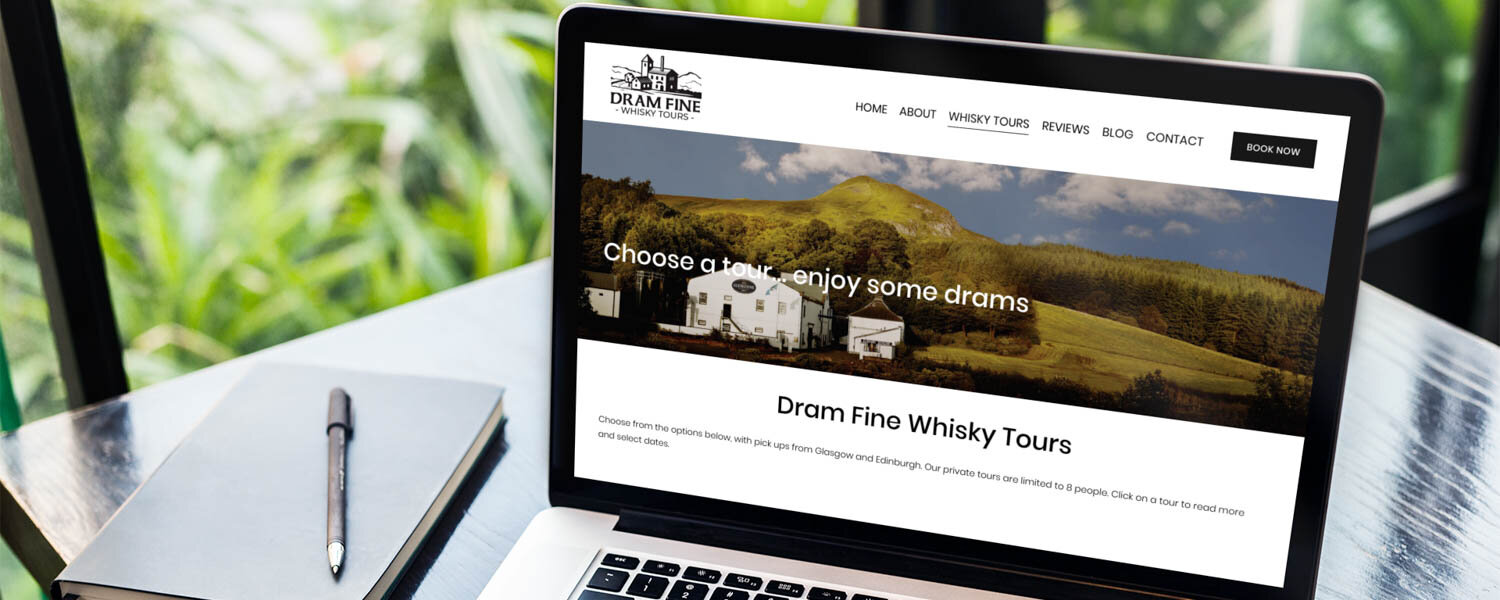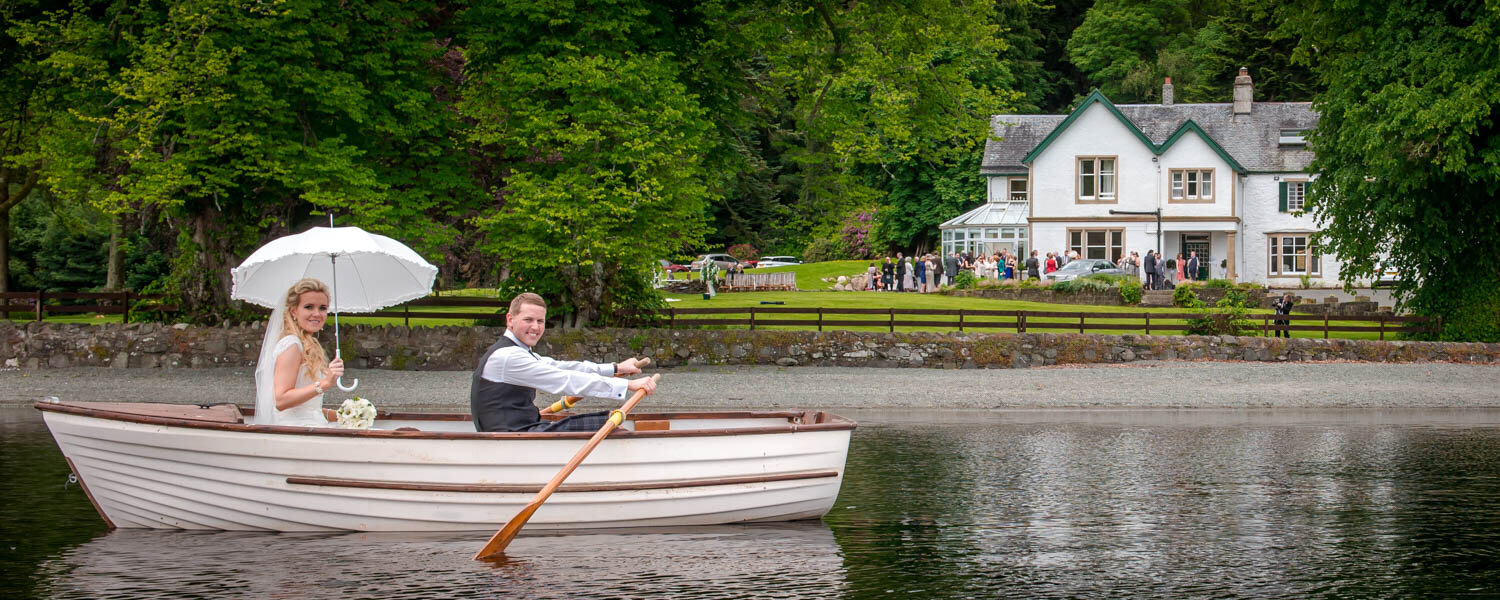Gaelic Place Names
Loch Lomond Gaelic Influences
This is the story behind the Gaelic influences in the National Park. The names of many hills, mountains, rivers and villages in the National Park have Gaelic origins, with Loch Lomond and the Trossachs marking the start of the Scottish Highlands.
Later in this article, we share an A to Z of the origins of the Gaelic place names within the National Park. We are also pleased to share three films we produced (through our marketing company) on behalf of West Highland Way, celebrating 2022's Year of Stories.
The films (which you can watch on this page), presented by Colin Stone, were produced in both English and Gaelic. They had three themes: people, passion, and place. The latter revealed the origins and meanings of Gaelic names along the West Highland Way.
Business Support
Marketing, Video, Websites & Photography
Gaelic Stories in the National Park
These films were fun to produce, helped by the fantastic team collaborating to create them. Thank you to Jane from West Highland Way for organising/commissioning and Colin Stone, who did a brilliant job presenting them. I learnt a lot from producing them and enjoyed discovering many stories and legends from along the West Highland Way.
The film below is about place names and is followed underneath by an A to Z of Gaelic names found in Loch Lomond & The Trossachs.
A to Z of Park Place Name Meanings and Origins
Aberfoyle - abar a’ phuill –mouth of the muddy pool.
An Caisteal –Gaelic, castle –this castle is a Munro near Crianlarich, near Cruach Ardrain –high mountain.
Ardlui –the height (high ground) of the calves.
Ardentinny –Aird an teine –the height of the fire (meaning a warning beacon). Or possibly Aird an t-seannaich –height of the fox.
Arrochar Alps –though first seen in print only in 1946 by climber Ben Humble, now widely used as it is a convenient term, the place name Arrochar has a meaning much disputed! Possibly from Latin aratrum then arachor, ultimately meaning a portion of ploughed land –basically a land measurement (cf Scots davoch).
Balloch –bealach –pass.
Balmaha –perhaps bal maitheas ‘township of mercy’ OR connected with St Maha, as there is a St Maha’s well nearby.
Balquhidder –baile-chuidir –with the bal (baile) part common in Scotland, meaning a township. The second part is a mystery, though some think it means backward-lying country.
Ben Ledi –perhaps ‘beinn an leothaid’ mountain of the gentle slope. Others say beinn-le-dhia –mountain of god, because of association with ancient festivals.
Brig o’ Turk –droachaid an tuirc –bridge of the boar.
Conic Hill –from Gaelic coinneach mossy.
Cowal –Comhghall –Comgall, grandson of King Fergus.
Drymen –from druim, ridge or back, more commonly appearing as a prefix in other Scottish place names as ‘Drum....’
Gartocharn –garradh carn –enclosure and stony hill, presumably a reference to Duncryne, the conspicuous cairn-shaped hill behind the village.
Glenbranter –from branndair, meaning gridiron (cf Scots brander) –possibly an iron tool to brand cattle?
Inversnaid –inbhir na snathaid –mouth of the needle, where the needle part refers to the burn’s name.
Kilmun –the church or cell of St Mun
Loch Achray –loch an achaaidh reidh –loch of the level field OR ath-chrathaidh – ford of the shaking.
Loch Ard –loch an aird –och of the height.
Loch Chon - loch nan con –loch of the dogs.
Loch Earn - from Eireann, Ireland’s loch. (There is also a Lochan an Eirannaich – loch of the Irish, high up in Kirkton Glen, north of Balquhidder.)
Loch Eck –from Gaelic each, horse –so, horse loch. Other nearby horse related names include Echaig and Inverchapel (from Gaelic capall, a mare)
Loch Katrine –perhaps ceiterein ‘loch of the furies; from Welsh cethern. Other suggestions incude derivation from a corrupted form of old Gaelic word urrin, meaning place of torment
Loch Goil –gobhail, forked (ie with Loch Long)
Loch Lubnaig –lub –bend, hence the bent loch.
Loch Venachar –derivation obscure, perhaps related to old Gaelic benn –pointed.
Luss –los –herbs or garden, indicating a fertile soil, though many prefer to believe a local legend involving fleur-de-lys and a local lass who married a French officer.
Rowardennan - possibly ‘Eunan’s high promontory’, sometimes given as ruadh Eodhnain –Adomnan’s point.
Stronachlachar –sron a’ chlachair –stonemason’spoint.
Tarbet –tairbeart or tairm-bert, an over-bringing, hence isthmus or place of portage, most famously when 13th-century Norse raiders carried their boats from the head of Loch Long to raid down the loch.
Local photographer
Weddings & Family Photoshoots
Thanks for reading
Words and photography by Paul Saunders. Visit Paul’s Marketing and Photography websites for details of his services in Scotland.
Please let us know if you found the guide helpful in the comments section below.





Buy our guidebook, 101 Things to Do in Loch Lomond and the Trossachs, packed with attractions, views, and activities to enjoy.